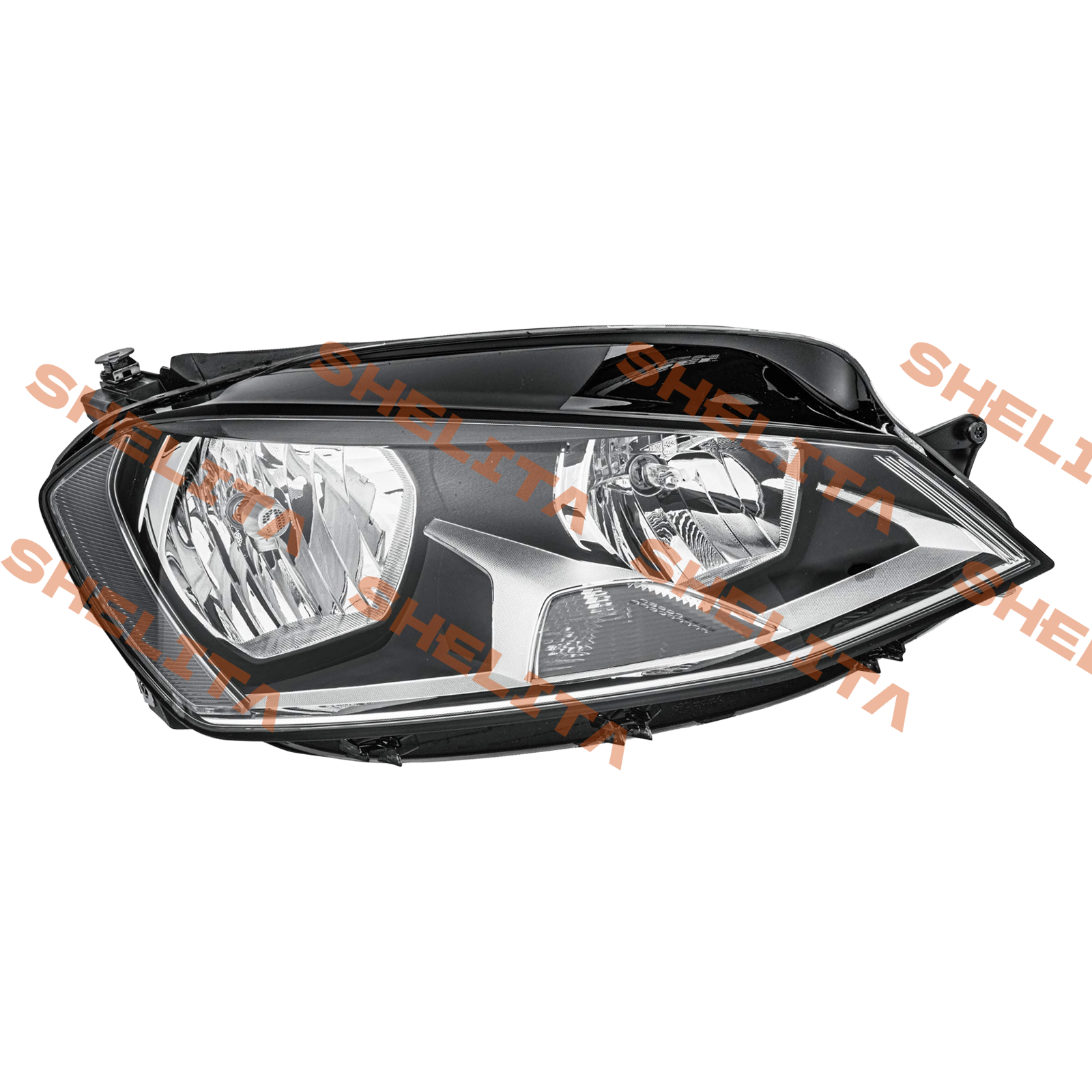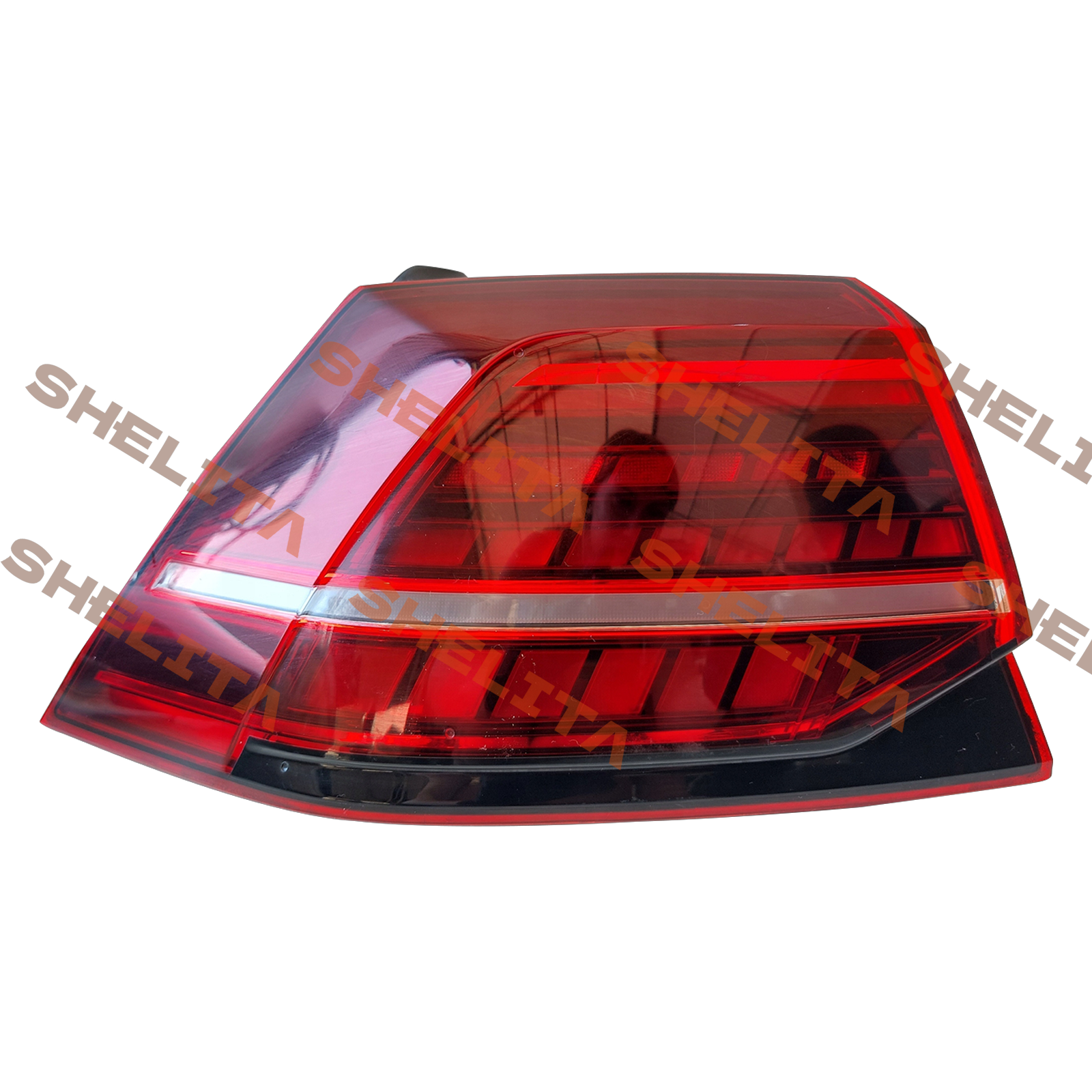Mastering Lamp Assembly: Tips for Trouble-Free Setup
Essential Preparation for Lamp Assembly
Choosing the Right Workspace Setup
Setting up an optimal workspace is critical for successful lamp assembly. Begin by selecting a spacious and well-lit area free from clutter, which will help minimize distractions and reduce the risk of losing small parts. The surface of your workspace should be sturdy and clean to prevent components from slipping or getting damaged during assembly. Additionally, consider the temperature and humidity levels of the environment, as extremes can affect certain materials used in lamp assemblies. A controlled workspace aids in maintaining the integrity of the components, ensuring a smoother assembly process.
Tool Checklist for Efficient Assembly
An organized tool checklist is key to efficient lamp assembly. Make sure you have essential tools like screwdrivers, pliers, and wire strippers on hand to streamline the process. Including specialized tools specific to auto body parts assembly will enhance precision and efficiency. Cross-verify your tool list against the lamp assembly documentation to avoid overlooking any items that might be unique to your project. This preparation will save you time and effort, preventing unnecessary interruptions during the assembly process.
Safety Measures to Prevent Accidents
Prioritizing safety during lamp assembly is crucial to prevent accidents. Always wear personal protective equipment (PPE), such as gloves and goggles, to shield against sharp components and potential hazards. Implement a 'clean-as-you-go' policy to avoid tripping hazards and maintain an organized workspace. Additionally, read the safety instructions provided with every component before beginning the assembly. By following these precautions, you mitigate risks and ensure a safer working environment, protecting both yourself and the project.
Top Auto Body Parts for Seamless Installation
GOLF VII 2013-2017 Head Lamp Assembly
The GOLF VII Head Lamp Assembly is crafted to ensure a perfect fit and seamless integration with the vehicle's design. This head lamp assembly is renowned for its durability and reliable performance, adhering strictly to original equipment manufacturer (OEM) standards ensuring quality and longevity. Designing with precision, these assemblies guarantee optimal light distribution and improved safety for the driver. When installing, ensure to use a stable workspace and follow precise alignment instructions to maintain these performance standards.
VW POLO VI HB 17- Head Lamp Components
The VW POLO VI HB 17 head lamp components are uniquely designed to complement the car's aesthetics while maintaining superior lighting capabilities. Using original equipment manufacturer parts rather than aftermarket variants can significantly enhance the reliability and longevity of your head lamp assembly. OEM parts ensure proper alignment and function without voiding existing warranties, providing peace of mind. For installation, it is crucial to follow the manufacturer’s protocols to avoid misalignment and ensure all connections are secure, especially when fitting complex electrical systems.
GOLF VII 2013-2017 LED Tail Lamp Kit
For those seeking enhanced visibility and energy efficiency, the LED tail lamp kit for the GOLF VII proves indispensable. LED technology offers notable benefits, including longer lifespan and reduced energy consumption, aligning with modern efficiency standards. Enhanced lighting ensures improved safety, particularly during night drives or adverse weather conditions. A step-by-step installation process involves securely mounting LED assemblies and ensuring all electrical connections are correctly sealed to prevent exposure to moisture or dirt, thereby extending the lifespan of the components.
Step-by-Step Lamp Assembly Guide
Unpacking and Organizing Components
When preparing for lamp assembly, begin with careful unpacking to prevent any accidental damage. Use a clear, ample space to open boxes and gently remove each component. Organize parts into labeled sections such as wires, bulbs, and fixtures to help streamline the assembly process. It's also beneficial to have a checklist on hand, verifying all needed components are present before starting. This organized approach ensures nothing is missing, aiding in a seamless installation experience.
Connecting Wiring Harnesses Securely
Securing wiring harnesses correctly is crucial to avoid electrical problems in auto body parts installation. Begin by consulting diagrams specific to your model for accurate connections. Illustrations can provide a visual aid, ensuring you hook up each wire appropriately. Double-check every connection before fastening any hardware, as this diligence helps prevent future issues, eliminating potential troubleshooting headaches down the line. Following these wiring harness assembly tips can save time and ensure long-term reliability.
Final Adjustments and Alignment Tips
As you complete the lamp assembly, making minor adjustments is essential for optimal positioning and functionality. Proper alignment ensures even light distribution, enhancing visibility on the road. Utilize standard alignment methods, such as leveling and distance checks, to confirm correct placement. Should any misalignments occur post-installation, refer to troubleshooting tips like adjusting angle screw or repositioning brackets. Ensuring precise alignment guarantees effective performance and compliance with safety standards.
Troubleshooting & Maintenance Best Practices
Resolving Common Electrical Connection Issues
Electrical issues, such as flickering lights or complete failures, are common in lamp assemblies. These problems often stem from loose connections, faulty wiring, or incorrect installations. To troubleshoot, begin by testing the wiring connections using a multimeter or test lights to identify disruptions in the electrical circuit. Solutions can include tightening connections, replacing damaged wires, or reassembling the affected parts. By following systematic electrical connection troubleshooting, users can often resolve these issues independently without requiring professional assistance.
Preventing Moisture Damage in Lamp Housings
Proper sealing techniques are crucial to prevent moisture ingress in lamp housings, which can lead to corrosion and decreased light performance. Use weather-resistant materials and high-quality sealants during installation to ensure longevity. It's advisable to perform periodic maintenance checks to assess the integrity of seals and gaskets to prevent moisture damage. Regular inspections and timely interventions can effectively mitigate the risk of moisture damage, ensuring the lamp housing remains protected under various environmental conditions.
Long-Term Care for Optimal Light Performance
Implementing a regular maintenance routine is vital to preserve the brightness and improve the shatter resistance of lamp components over time. Utilizing specific cleaners and treatments designed for lamp components can enhance durability and clarity. It's also essential to conduct regular inspections to identify and address issues like dirt build-up or structural wear before they escalate. Through consistent care and the application of suitable maintenance tips, users can maintain optimal lamp performance over the long term.




